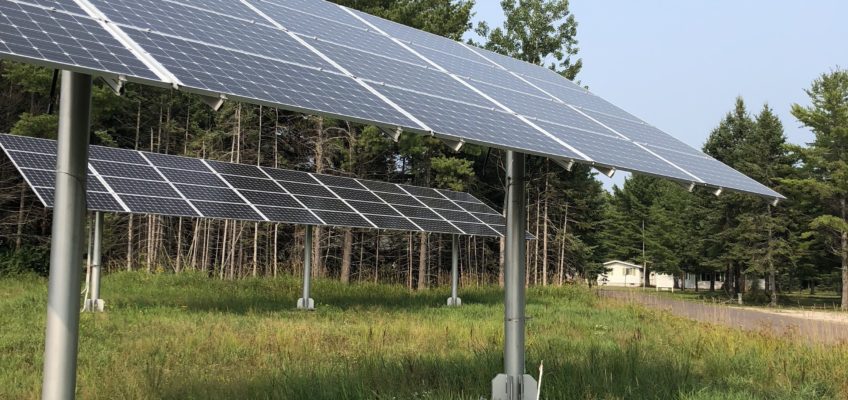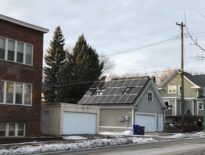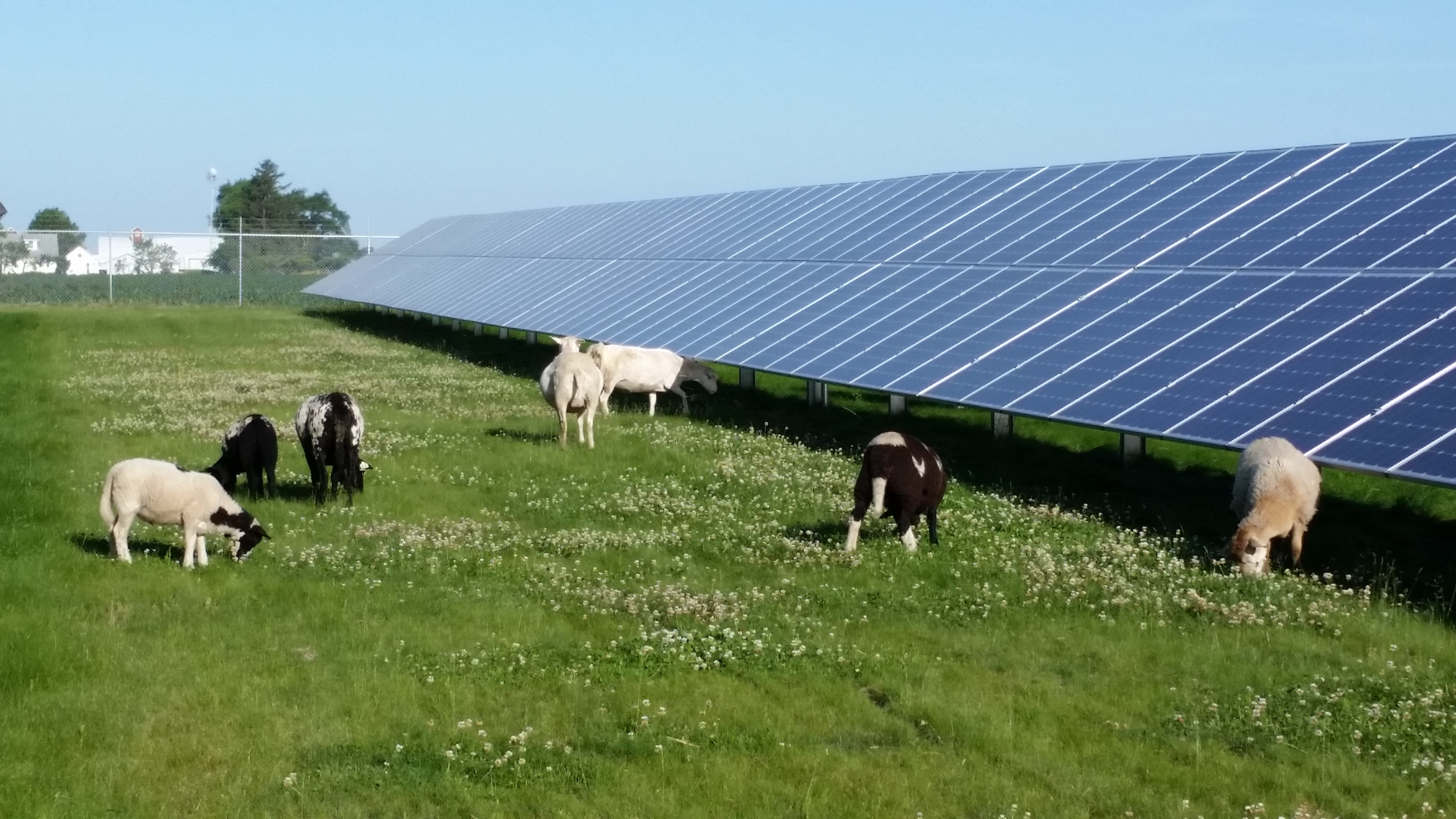So how do we get climate-friendly utilities? @xcelenergy is a leader among industry peers, but it was the visionary citizens and legislators in its markets who took the risk, made the map, built the roads, and gave them a push.
Everyone loves to salute the train’s locomotive, but it was the those that laid the track and built the engine that deserve most of the credit. Thank you, citizens of Minnesota, Colorado, and New Mexico for your leadership!
Read the original Twitter thread
So how did the citizens of these states build a pro-climate electric utility like @xcelenergy? Here’s a helpful timeline:
Timeline of State Policies Affecting Xcel Energy

1994
In exchange for nuclear waste storage, Xcel Energy gets a wind power mandate
Then separate state-based companies, the Minnesota utility company asks the legislature for permission to store more nuclear waste at its nuclear power plants. The Legislature agrees, in exchange for 400 megawatts of wind (to double to 800 megawatts if proven cost effective).
2003
Xcel has to double its wind power
With 400 megawatts of cost-effective wind energy on its grid, Xcel Minnesota is required by the 1994 agreement to double its wind portfolio to 800 megawatts.
2004
Colorado voters tell Xcel to build renewables
Colorado residents approve a ballot initiative requiring Xcel’s Colorado division to get 10% of its electricity from renewable sources by 2015, subsequently increased to 30% by 2020.
New Mexico tells Xcel to get to 20% renewable by 2020
The New Mexico legislature approves a renewable energy standard, requiring Xcel’s New Mexico division to get 20% of its electricity from renewable sources by 2020.
2007
Minnesota lawmakers require Xcel to reach 30% renewable by 2020
The Minnesota legislature approves a renewable energy standard, requiring Xcel’s Minnesota division to get 30% of its electricity from renewable sources by 2020.
2013
Minnesota adds a solar requirement
The Minnesota legislature approves a solar energy standard, requiring Xcel’s Minnesota division to get an additional 1.5% of its electricity from solar energy by 2020.
2017
Xcel CEO says the company is swapping “steel for fuel”
Xcel CEO says the company is swapping “steel for fuel,” investing heavily in wind and solar power because they are the most cost-effective.
2018
Xcel makes landmark pledge for carbon-free electricity
In December 2018, Xcel Energy pledged to provide 80% carbon-free electricity on their entire system by 2030, and 100% carbon-free power by 2050. ILSR researchers raised three key questions.









